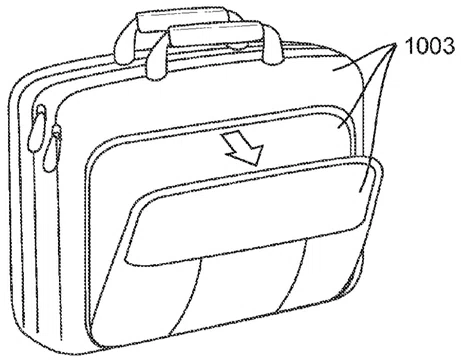
In competitor cases, parties sometimes include Lanham Act claims alongside patent claims. That's what happened in Peloton Interactive, Inc. v. Icon Health & Fitness, Inc., C.A. No. 20-662-RGA (D. Del.), where both sides brought patent and Lanham Act claims or counterclaims.
Peloton moved to dismiss defendant Icon's Lanham Act counterclaims, which alleged that Peloton had made various false and misleading statements concerning things like whether the Peloton bike was the "first of its kind" and unique among its market, along with statements about Peloton music offerings.
Peloton argued that Lanham Act claims are subject to a higher pleading standard, relying on an old E.D. Pa. case from long before the Supreme Court's decisions on this issue in Twombly / Iqbal:
Peloton urges the Court to apply an “intermediate” standard that first appeared in Max Daetwyler Corp. v. Input Graphics Inc, 608 F. Supp. 1549, 1556 (E.D. Pa. 1985). The Court held, “[i]n litigation in which one party is charged with making false statements, it is important that the party charged be provided with sufficiently detailed allegations regarding the nature of the alleged falsehoods to allow him to make a proper defense.” . . . ICON argues that the standard articulated in Max Daetwyler is inappropriate because it was decided before Twombly and Iqbal. . . . Additionally, there is disagreement within district courts in the Third Circuit as to its applicability. . . .
Judge Andrews declined to apply the heightened standard, quoting




